The best varieties of cucumbers for pickling and canning
Gardeners with many years of experience know how difficult it is to choose correctly varieties of cucumbers for pickling from the variety of seeds existing now. Not every cucumber is suitable for winter preparations - they differ in pulp density, color of thorns, and taste. If you do not take into account these features of the varieties, it is unlikely that you will be able to enjoy crispy fragrant cucumbers in winter.
How do you know if a cucumber is suitable for pickling?
Every spring, baffled growers crowd the shops in front of the seed shelves. Try to figure out here which type of cucumber is suitable for pickling, and which for salad. When purchasing seeds, it is very important not to rush and make a wise choice. Breeders are constantly developing new hybrids. However, experienced gardeners advise not to experiment, but to immediately give preference to time-tested varieties.
According to the method of use, cucumbers are divided into three groups. Regardless of whether vegetables for canning will be grown on a personal plot or bought on the market, you need to know the external differences between pickled cucumbers and salad or classic ones.
- Salad - cucumbers used exclusively fresh, without heat treatment. They are distinguished by long fruits of medium thickness with small seeds and smooth green skin. The fruits are not stored for long, unsuitable for conservation due to the numerous air pockets in the loose pulp.
- Salting - designed for winter harvesting. Vegetables with a thin pimpled peel of a rich emerald color, on the entire surface of which are scattered black "spurs". The middle of the fruit is compact, light. The length of a mature cucumber is no more than 15 cm.
- Universal - cucumbers can be eaten raw and used for preparations. It is possible to grow vegetables of this class both in greenhouses and in the open air. Thin rind is combined with not too firm pulp. The surface is covered with light or dark thorns. You can marinate such cucumbers, only crunch like pickles, they will not.
When choosing cucumbers for pickling in a store, you need to pay attention to the following indicators:
- fruits are small, up to 15 cm long, straight;
- the peel is dark green, pimpled, with small dark thorns;
- the cucumbers are elastic to the touch, not sluggish;
- the flesh on the cut is compacted, without visible voids, with small seeds;
- taste without bitterness.
When salting cucumbers that meet the above requirements, the result will be amazing. The thin peel is quickly soaked in salty solution, and the compacted pulp does not sour in the jar - the cucumbers are crispy and delicious in taste.
Seed selection
Correctly selected seeds are the key to a good harvest. It is more profitable to buy material for planting in specialized departments, where experienced sellers will tell you about the features of growing and the purpose of the selected variety. You should carefully read the description on the bag, clarify the shelf life. It also says for what purposes it is better to use vegetables of this type.
What varieties are better for pickling?
For many years, the country's leading breeders have selected and tested those varieties of cucumbers that are best used for canning. The selected plants are distinguished by enviable resistance to slight drops in temperature, do not emit bitterness with a short-term absence of watering, grow quickly and ripen together.
- Nezhinsky
For several decades in a row, this variety has been known to many gardeners as the best pickling.The plant is pollinated by bees, and unlike hybrids, seeds can be obtained from it. It takes about 50 days from planting to harvest. "Nezhinskie" cucumbers are distinguished by excellent taste and market qualities, resistance to diseases and pests. Zelentov length - 10-13 cm, weight - 100 g.
On the basis of "Nezhinsky" were later derived "Era", "Nosovsky", "Nezhinka", which are also indispensable for blanks.
- Crunchy gherkin F1
Self-pollinated variety intended for cultivation in greenhouses. Small fruits (length - up to 8 cm, weight - 50-60 g) have an uneven surface. Early ripe, the first harvest is possible already on the 50th day after full germination.
- Rustic pickle F1
Having planted this ultra-early hybrid, pollinated by bees, it will be possible to collect the first fruits on your site in 40 days. Cucumbers in the form of short cylinders are up to 8 cm long and weigh about 90 g. The surface of the fruit is covered with small tubercles. Used for pickling and pickling, in a jar the pulp remains firm, without voids.
Universal varieties
Cucumbers of universal varieties can be used raw and canned for the winter with equal success.
- Vyaznikovsky 37
An early maturing variety, suitable for cultivation in greenhouses and open beds. Used for making salads and for winter preparations. Fruits up to 14 cm in size are light green with black thorns. The advantages of the variety are resistance to cold weather and quick shoots.
- Zakuson F1
An early maturing variety is unpretentious to weather conditions. Even in a cool summer, you can harvest a decent harvest of dense, fragrant, crunchy fruits. Great for pickling and salting. Cucumbers are small, weighing up to 50 g, striped, stored for a long time, withstand long-term transportation.
- Droplet
An ultra-early variety, pollinated by bees, suitable for open field cultivation. Plants begin to bear fruit 40-45 days after planting. Gherkins are elongated, with black "spurs", have excellent taste and excellent commercial qualities.
Universal varieties have one drawback - cucumbers turn yellow quickly if they are not picked in time. It is necessary to regularly pick off ripe cucumbers, which will allow you to get a quality product for pickling and stimulate the formation of ovaries.
Modern hybrids for salting
On bags of cucumber seeds, you can often find the F1 mark, which denotes a hybrid plant. To obtain a hybrid, two varieties with different characteristics are crossed. For example, some plants are highly productive, while others are resistant to diseases. If you cross them, you get a variety that combines both of these advantages. Therefore, hybrids are more hardy, grow quickly and ripen together. Having planted F1-marked cucumbers, it is impossible to remain without a crop even in cold summer.
- Salting F1
The F1 pickling variety is considered by experts to be the best barrel cucumber. The combination of high-density pulp and decent taste makes vegetables of this variety indispensable for salting in large quantities. The cucumbers are dark green in color, with large bumps and light stripes on the skin. Length no more than 12 cm, weight up to 120 g. The plant requires pinching, as the bushes grow quickly and, if not limited, can reach a height of 3 m.
The variety is endowed with high immunity to fungal and other diseases, in particular to powdery mildew... Fruits without bitterness, with crispy flesh.
- Goosebump F1
The variety with more than a century of history began to be planted since the beginning of the last century. Plants withstand temporary cold snap well, bear fruit well in the northern regions of the country, and can grow and bear fruit in the shade. It takes a month and a half to fully ripen. Cucumbers with light tips and spiny dark thorns are suitable for any kind of pickles.
There is a huge variety of varieties that are great for salting.When choosing, you need to focus not only on your needs, but also on the climate and weather conditions in the area in which the cucumbers will grow, as well as on the composition of the soil, and give preference to well-known varieties tested by specialists.
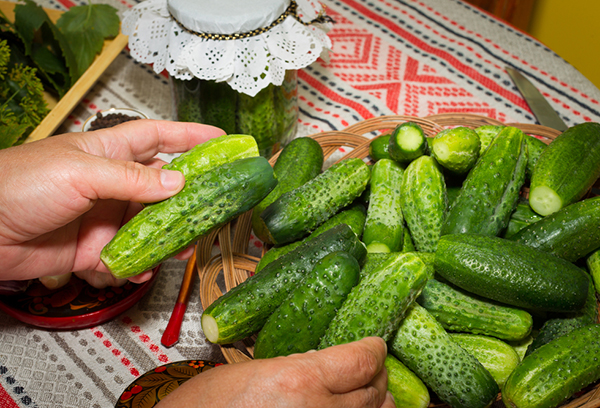
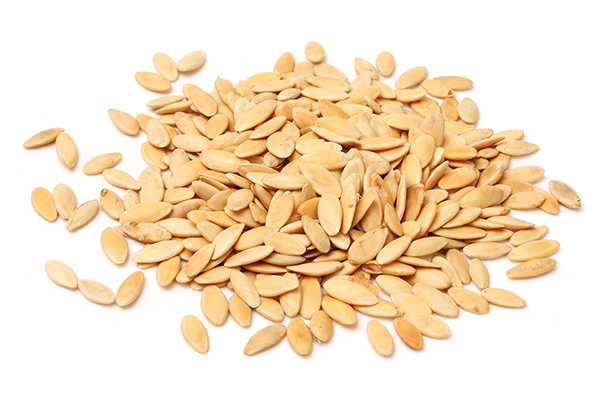
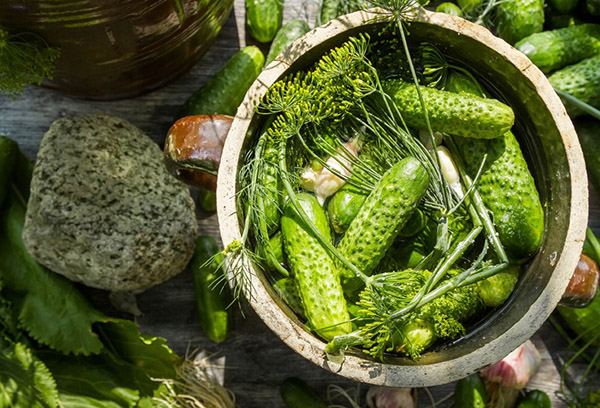
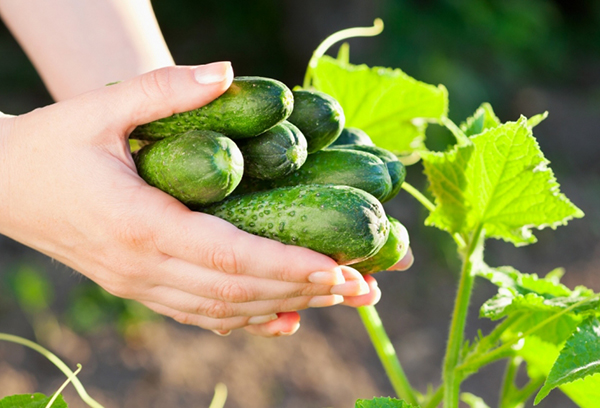
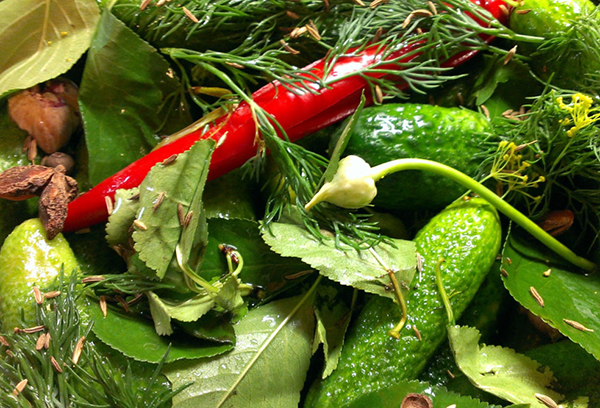
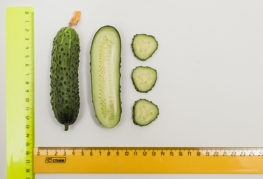
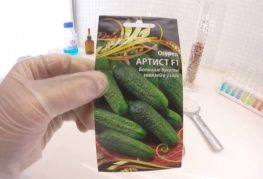

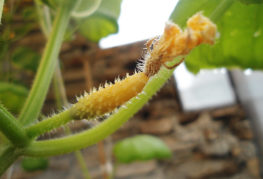
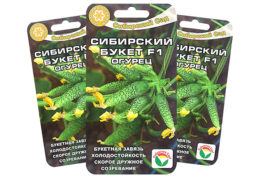
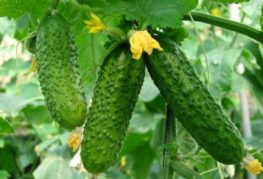
and will be published shortly.